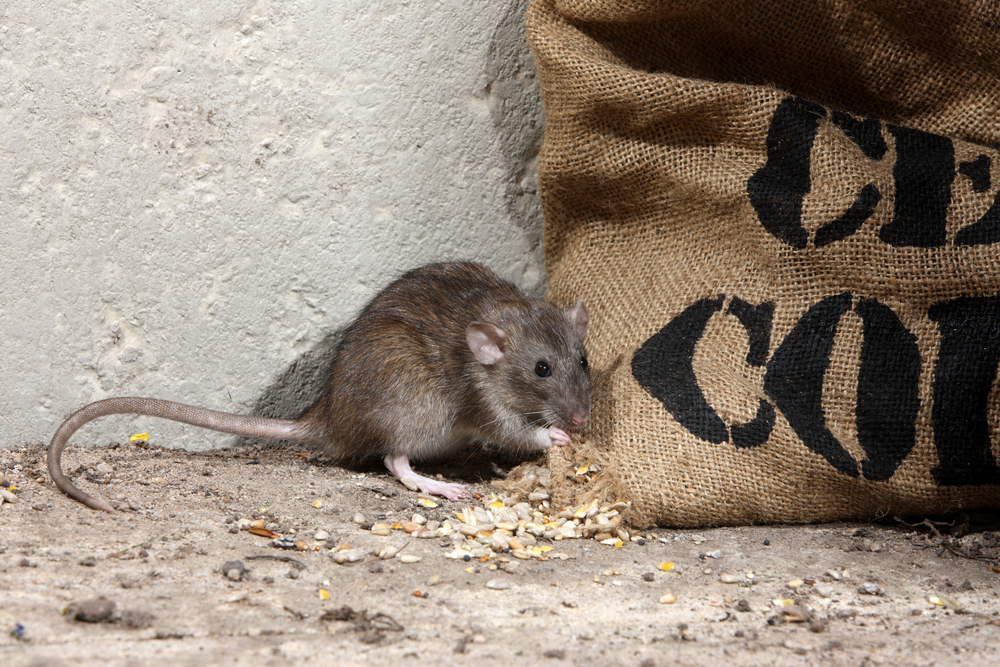Rat Pest Control
Clean, Fast, Discreet & Cost-effective

The word commensal is used to describe rodents that are generally found living in close associations with humans and very often dependent upon human habitat for the essential elements of food, water, shelter and space. The rodent species we normally categorise as commensal are: the House mouse Mus musculus, Norway rats Rattus norvegicus and Roof rats Rattus rattus
How do you treat the problem?
We understand that have a rodent infestation in your property is extremely distressing. We will assign a local technician to get to your property as quickly as possible – reviewing your property for possible access points, advising on proofing requirements and proposing treatment options for you.
Our dedicated residential team can utilise our Elis CONNECT SMART sensor system to monitor your home 24/7 to ascertain where activity is taking place, even before toxic bait or traps take effect. Please be assured that at Elis Pest Control we will assist you in making your home safe again with a discreet pest control service from highly trained technicians who are both BPCA and CEPA certified. Call Rachel at 1800 209 270 for further information and a quote
Behavioural traits to consider for rat pest control
The key aspects of rat behaviour that need to be considered in planning and managing the most effective rodent control programmes are:
- Nocturnal Feeding – Unless acutely overcrowded or disturbed, rats feed almost exclusively at night, remaining well concealed in family burrows during the day. This means only a minority of the population is ever seen and infestations must be judged by evidence of previous activity, making them easy to underestimate.
- Neophobia – As a survival strategy, rats are extremely wary of unfamiliar objects as well as human activity and dwelling in the open. This means they can be very cautious of new bait containers ( bait boxes) and foods, avoiding them initially and only consuming small amounts until confident of their safety.
- Foraging Instinct – With their inherent caution, rats seem to favour foods made up of a variety of different looks, textures, tastes and smells. Their acute sense of smell and taste can make them especially wary of foods with strong odours. This can limit the appeal and consumption of baits of a uniform consistency, especially if they have a single strong odour and other food sources are readily available.
- Regular Habits – Rats are creatures of habit, feeding at two or three familiar places and using established, well covered routes to move from their burrows (usually in rough ground) to their feeding points in and around buildings. This means they leave obvious signs of activity along relatively easy to identify routes which provide ideal baiting points.
Types of rats
THE BLACK RAT
The Roof rat or Black Rat is slender and agile, and Its tail is longer than the head and body lengths combined. Its total length may reach 12 to 17 ¾ inches and can weigh up to about ¾ of a pound. Roof rat nests above ground and lives in ivy, wild blackberry vines, attics, garages, and wood piles. It will enter buildings if given the opportunity, and often use utility lines and fences as runways. It prefers to feed on fruits, nuts, ivy, and pet food commonly found in residential areas
THE NORWAY RAT
The Norway rat or Brown Rat is larger and more aggressive than the Roof rat. It has smaller eyes and ears than the roof rat, and its tail is shorter than the combined head and body length. Its total length may reach 18 inches and may weighs up to about 1 lb.The Norway rat lives and nests in underground burrow system and is generally found in agricultural areas, creeks, sewers and occasionally developed neighbourhoods. It can also live in buildings, basement, banks of rivers or canals, waterfronts, under blackberry vines, under wood piles. It feeds on garbage, pet food, meat scraps, cereal grains, fruits and vegetables.
LEGISLATION IN IRELAND REGARDING RODENT CONTROL:
- HACCP Hazard Analysis Critical Control Point
- The Safety, Health and Welfare at Work Act 2005
- The Waste Management Act, 1996
- E.C. Authorisation, Placing on The Market, Use and Control of Biocidal Products Regulations 2013
- The Dangerous Substances (Amendment) Act 1979
- The Rats and Mice (Destruction) Act 1919
- The Protection of Animals Act 1911 &amli; (Amendment) 1965
- The Wildlife Act 1976 and (Amendment) 2000
